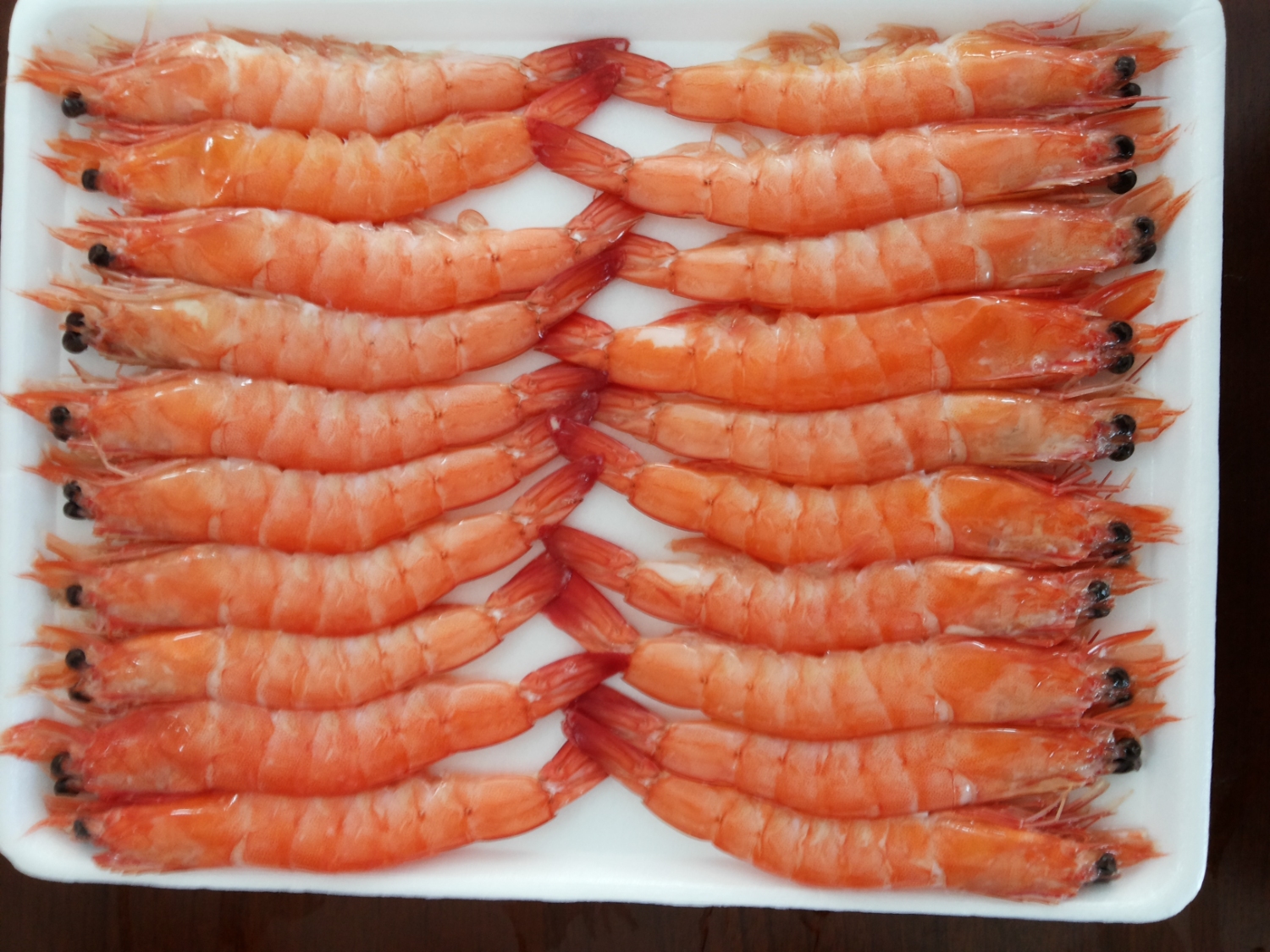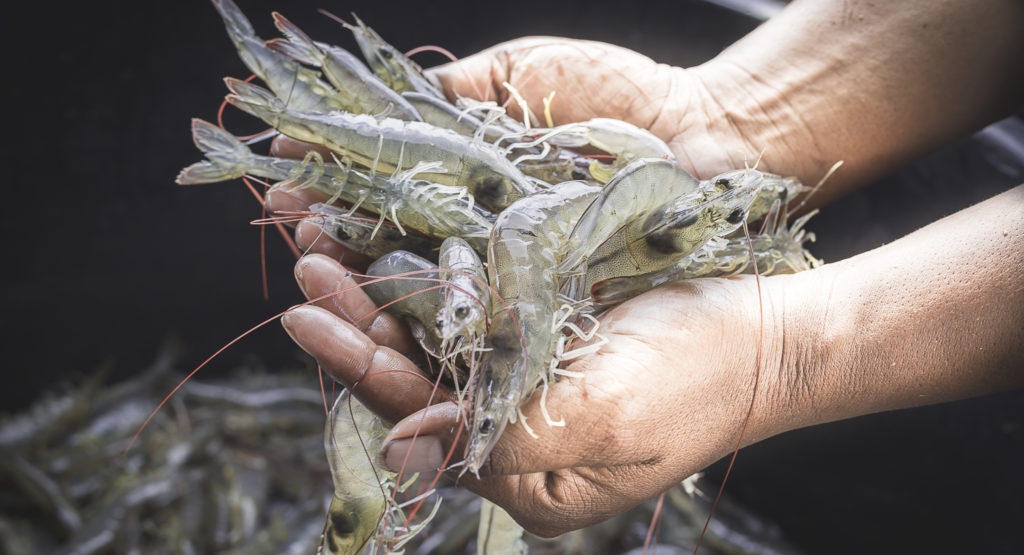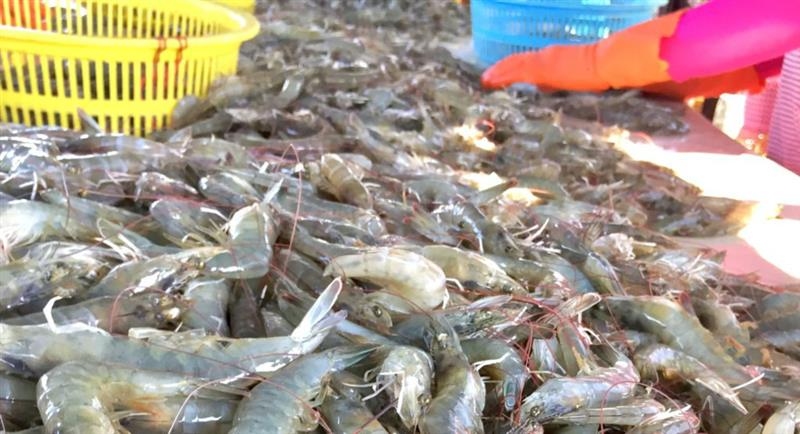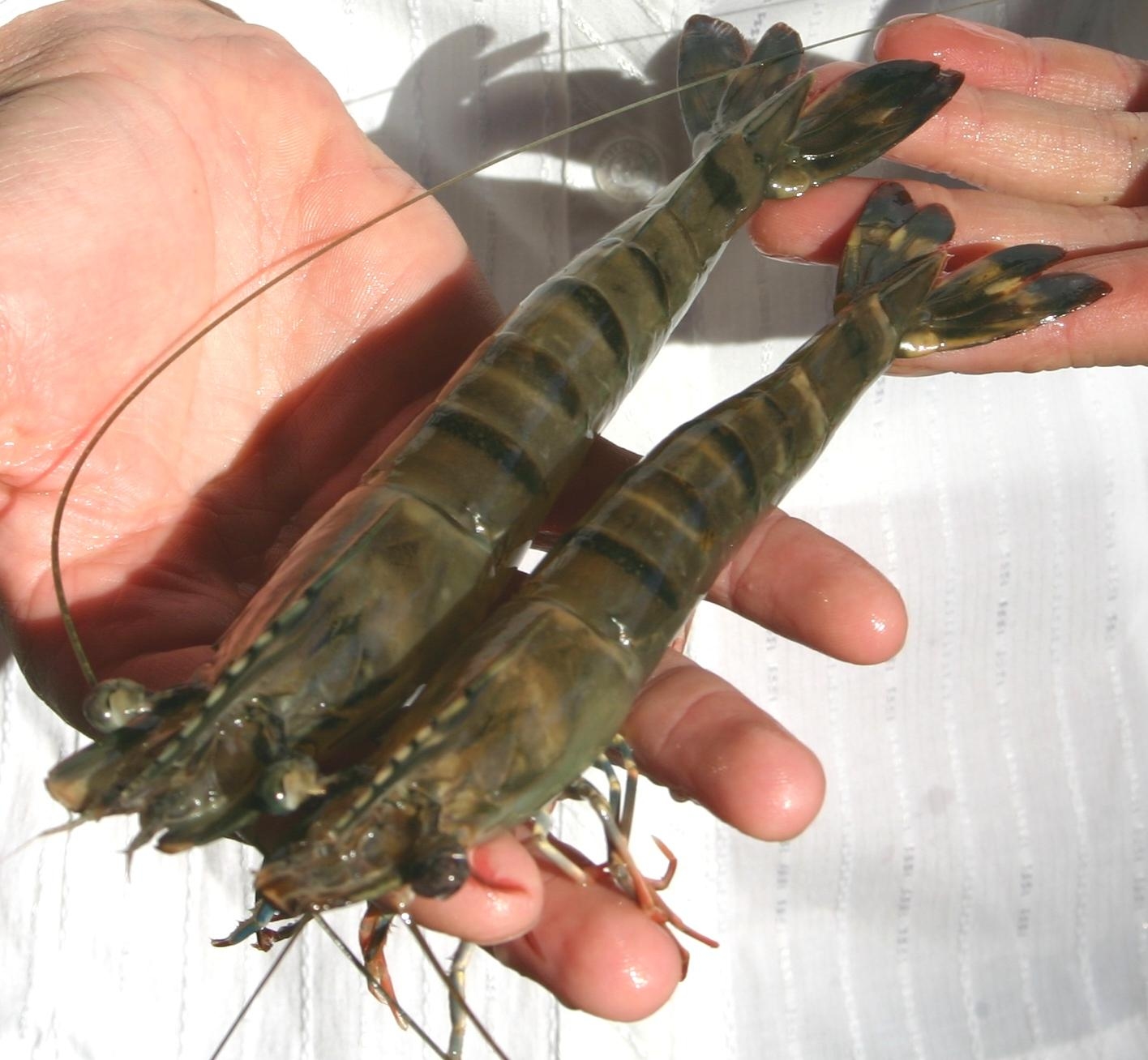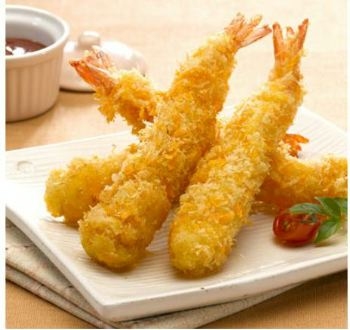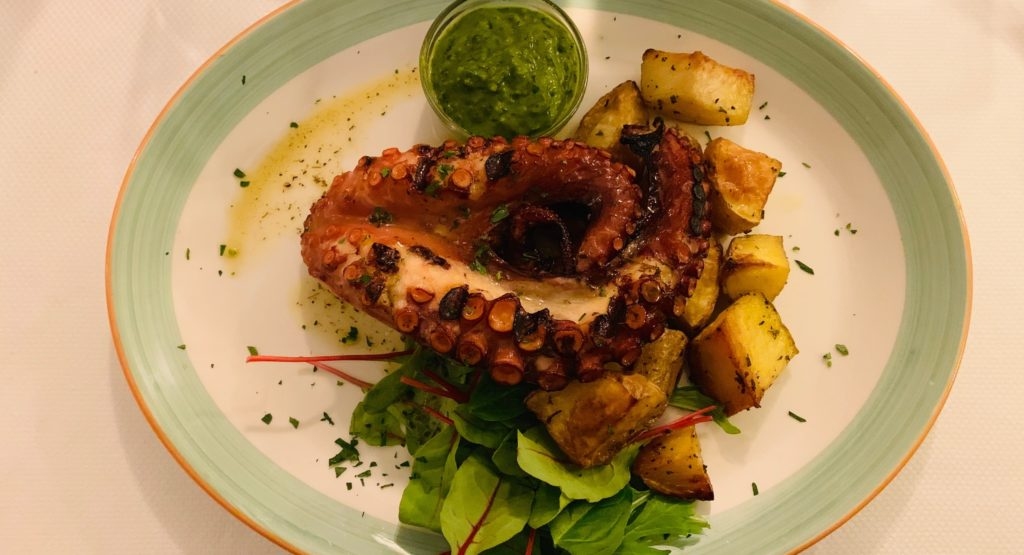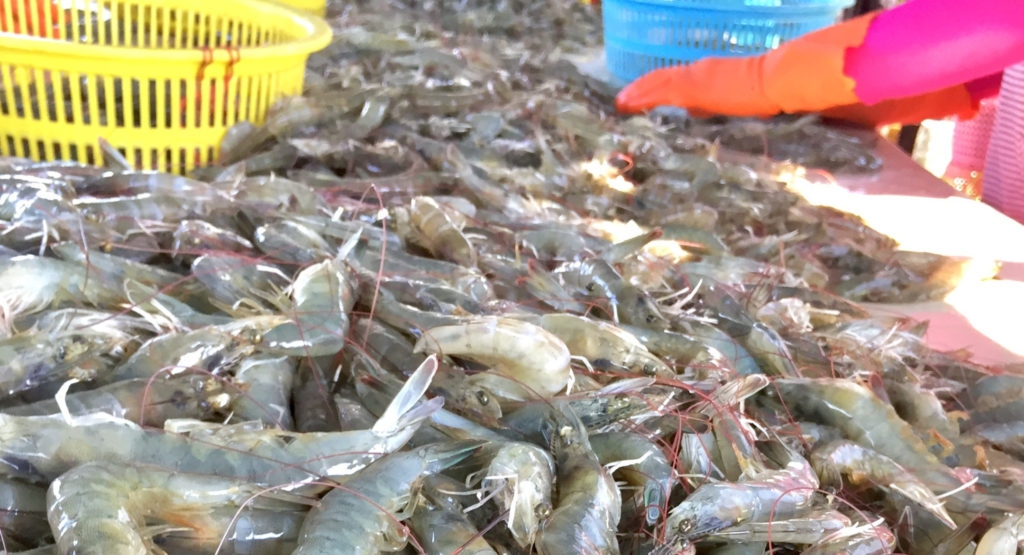
Growth in India's Shrimp Production and Exports
Growth in India's Shrimp Production and Exports
India’s shrimp production and exports fell during 2020 due to lockdowns and supply-chain disruptions. The country slipped down to the second largest exporter of shrimps in the world as Ecuador took advantage of fewer logistical chaos and focused on catering to the appetite in China for raw shrimps. However, in 202, thee exports will grow by 20% to about USD 4.3 billion, driven by a revival in demand and restoration of supply chains. Despite the increasing demand for Indian shrimp, India should work on improving the traceability of shrimp as consumers across the world become adapt a farm to fork model, particularly for seafood and poultry.
India is the largest producer of shrimps globally and accounts for about 6% of the global production. The production has grown from 142,000 tons in 2010 it is estimated that the value will increase to 620,000 tons in 2020. The country has also witnessed exponential growth in the export of frozen shrimp, especially to the US. Currently, India is exporting shrimp to more than 100 countries and the government is targeting to increase the volume and value of exports even further by 2025. The country is also planning to expand its rhea to different countries across the world which have an established market for shrimps. India has a geographical advantage with a vast coastline and pristine quality waters which gives it the opportunity and resources to promote culture as well as capture fisheries for safe and sustainable fishery production.

Source: Government of India.
In the last few years, investments were made in new hatcheries, feed mills, and processing plants to support the expansion of farming areas for shrimps. Since 2013, India has been using Specific Pathogen Free (SPF) L. vannamei to boost its production capacity. The selected variety has the potential to grow under intensive culture conditions, tolerates a wide range of salinities and temperatures, and requires a lower protein diet. It is also considered to be more resistant to diseases and can mate and spawn easily under captivity and the survival rates during hatchery rearing are generally higher. Currently, more than 90% of the shrimp produced by India is of the SPF) L. vannamei variety.
In 2021, it is expected that the shrimp exports of India will grow by 20% to about USD 4.3 billion driven by a revival in demand and restoration of supply chains that were disrupted last year due to the COVID-19 pandemic. India is likely to regain its position as the largest exporter of shrimp after slipping to the second spot in 2020. Furthermore, the additional support provided by the local government in the form of production-linked incentive schemes will further improve India's share of exports this year. In 2020, lockdowns and supply-chain disruptions led exports to decline to USD 3.6 billion from USD 4.7 billion in 2019. The biggest export competitor Ecuador, edged past India with an export value of USD 3.7 billion exports as it had fewer logistical chaos and focused on catering to the appetite in China for raw shrimps.
India exports about 47.6% of its total export value to the US in 2020 followed by China (15.1%), Japan (8.1%), and Vietnam (4.8%). To reduce the overdependence on the US and China India needs to increase its market share in other markets, particularly the EU and Japan, each of which has a high demand and market for shrimp. Nidhi Kumari, Country Manager at Tridge, points out that bigger-sized shrimps from India are demanded in the EU and the US market, and the smaller sizes shrimps are demanded in Korean and Japanese markets.

Source: Tridge.
India is likely to remain the most competitive supplier of value-added shrimp to the world due to its low cost of labor and the scale of economy it has managed to achieve by becoming one of the largest global producers of farmed shrimp. The country is a low-density producer, with a standard of about 40 shrimp per square meter which allows it to produce larger shrimps. India still needs to work on extensive campaigning and stringent monitoring to reduce the presence of antibiotic residues as it can further boost its exports to global markets. The country should also work on improving the traceability of shrimp as consumers across the world become more sensitized towards adapting a farm to fork model, particularly for seafood and poultry.
Source: tridge.com
Other news
- A recovery for the shrimp market? 17/04/2024
- Shrimp market: Fear of inflation and declining demand 22/10/2022
- Summer demand remains strong in the United States of America and Europe 08/11/2021
- Global supply chains are being battered by fresh COVID surges 18/08/2021
- Animal Health and Welfare in Aquaculture 17/08/2021
- Pangasius Imports Outpacing Tilapia 10/08/2021
- Decline in shrimp exports to China makes shrimps cheaper in India for domestic market 03/08/2021
- Rabobank sees plenty of positives for both shrimp and salmon sectors 29/07/2021
- Asia’s Shrimp Connoisseurs: Japan, Taiwan And South Korea 02/07/2021
- Latest Vannamei in India update 01/07/2021

